
How Many National Park in Assam ? Assam is home to seven stunning national parks, each offering a unique glimpse into India’s rich wildlife heritage. From the towering one-horned rhinos grazing in vast grasslands to elusive tigers prowling dense jungles, these parks are biodiversity hotspots. Lush wetlands, hilly terrains, and dense forests create a perfect sanctuary for diverse flora and fauna. Whether it’s the thrill of spotting wild elephants or birdwatching in serene landscapes, these protected areas are a haven for nature lovers and conservationists alike.
Table of Contents
Also Read : Mission Basundhara 3.0
How Many National Park in Assam ? Lets Start with Kaziranga National Park : The Grand Wildlife Sanctuary
Kaziranga National Park is one of the most popular wildlife sanctuaries in India, located in the northeastern state of Assam. The park covers rich and diverse terrain over an area of 1,100 square kilometers. It forms a part of the world heritage site and is a significant conservation area, especially for the endangered one-horned rhinoceros. Grasslands, wetlands, and forests are some of the unique ecosystems supported by the park, which help to house several species, thus becoming a must-visit destination for wildlife enthusiasts and nature lovers.
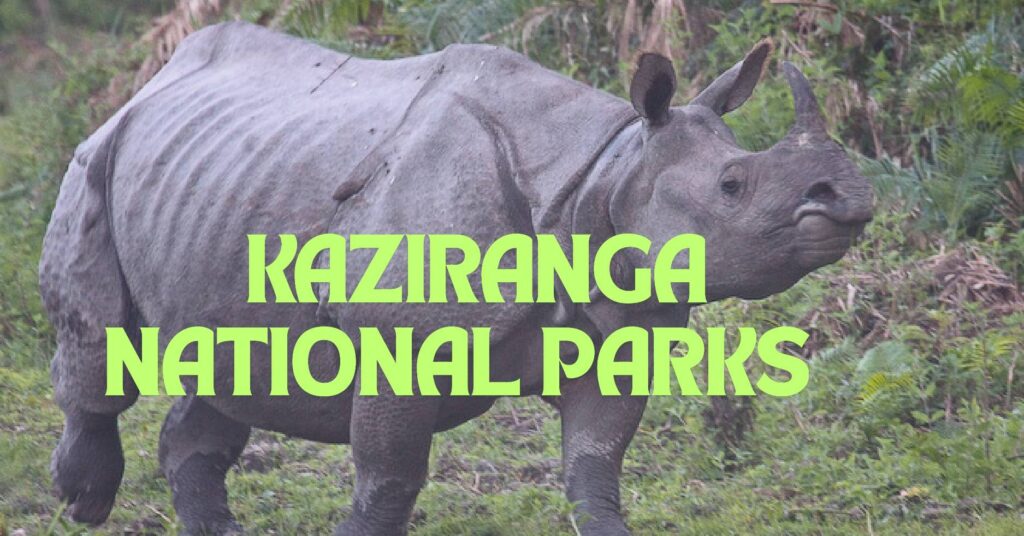
Visit Kaziranga Official Website : Click Here
Visit Manas Official Website : Click Here
Best Time to Visit Kaziranga National Park
The best seasons to visit Kaziranga are November and April. The pleasant temperatures with the least rainfall prevail during these months, making it ideal for viewing wildlife. In November, March, weather is pleasant and dry to ensure that a safari can go comfortably and get a better overview of animals. During May, October, monsoon time comes with heavy rain and flooding which makes it inaccessible or/and disrupts the activity of wildlife.
Safari Timings at Kaziranga
Kaziranga offers jeep safaris and elephant safaris, which ensure immense views of the vast wildlife of the park. These safaris are operated in early morning and evening so that the chances of catching animals in their natural habitat are more.
Jeep Safari Timings :
Morning Safari : 6:00 AM to 10:00 AM
Afternoon Safari : 2:00 PM to 4:00 PM
Timings are preset so that the visitors have every chance to see wildlife like one-horned rhinoceroses, tigers, elephants, and species of birds.
Elephant Safari Timings
One of the most exhilarating and unique ways to enjoy Kaziranga is an elephant safari. This is particularly helpful in getting close to wildlife, as elephants can easily move through dense vegetations and wetlands where jeep access is restricted. Elephant safaris are generally provided during early morning hours when animals are most active and the environment is peaceful.
Elephant Safari Timings :
Morning Safari : 5:30 AM to 7:00 AM
Second Round : 7:00 AM to 8:30 AM
The early time schedules are ethereal in their very feel and allow the visitor a wilderness sighting during a calm sunrise.
About Safari Zones and Gates
There are four major safari zones in Kaziranga, each offering its own experience.
1. Kohora Zone, Central Range : The most populous and accessible zone, with the population of rhinos and other wildlife.
2. Bagori Zone (Western Range) : An area known for its tranquil environment. Here, one gets a chance to have more of the leisurely and less crowded adventure safari.
3. Eastern Range (Agoratoli) : A perfect territory for birdwasting, wealthy wetlands, and scope to catch sight of rare migratory species.
4. Western Range (Kaliabor) : The scenic beauty ranges contrasting and houses different species of animals and birds.
There are different aspects of Kaziranga’s incredible wildlife and natural beauty represented by each of the ranges, that gives a visitor an opportunity to tour the park from every angle and subsequently, more opportunities to view the diverse species.
Conclusion :
Kaziranga National Park is a treasure house of wildlife and natural beauty, the best time for visiting being from November to April, and it offers different safari options all day long, so promises something to remember to nature lovers and wildlife enthusiasts. Whether it’s a jeep safari or an elephant ride, touring through its unique zones promises an adventure that none would ever forget.
Manas National Park: The Hidden Treasure of Assam
Manas National Park is a UNESCO World Heritage Site and one of the most biodiverse national parks in India, situated at the foot of the Eastern Himalayas. This park in Assam is said to be very diverse in terms of wildlife, which has the endangered Manas River Dolphin, tigers, rhinoceroses, elephants, and a number of bird species. It’s a haven for all nature lovers and wildlife enthusiasts, a perfect blend of beauty and adventure with a flavor of conservation.
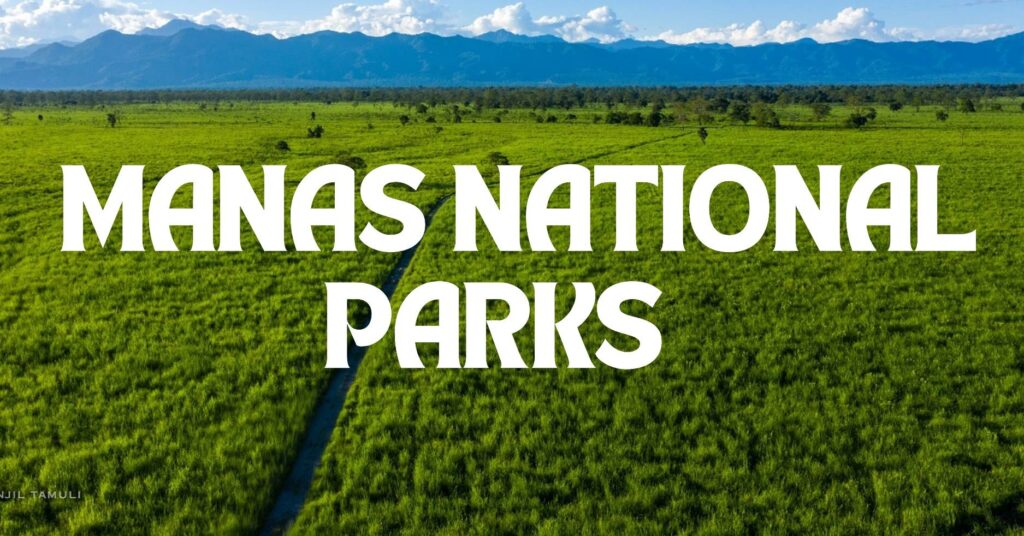
Best Time to Visit Manas National Park
To visit Manas National Park the right time is from winter months, i.e. November to April. Temperatures at that time will be cool and rains will also be less, making the entire safari and wildlife spotting worth your while. This park floods, making access difficult and changing the prospects of wildlife viewing because it is raining heavily from May to October every year with heavy falls. The possibilities of spotting species become maximum in this park during winter months when it is sparse and dry.
Safari Timings at Manas
Manas National Park offers both jeep safaris and elephant safaris, allowing visitors to experience its rich wildlife in different ways. Safari timings are designed to optimize wildlife viewing:
Jeep Safari Timings :
Morning Safari : 6:00 AM to 9:00 AM
Afternoon Safari : 3:00 PM to 5:30 PM
These timings make it possible for the visitors to see the park at times of maximum activity of animals, i.e. early morning and late afternoon when there will be a fair chance of spotting.
Elephant Safari Timings :
The elephant safari in Manas is a thrilling way to tour around in the park as this can give one an up close view of wildlife in a serene, natural setting. Elephant safaris go quite well where access is tight for jeeps:
Elephant Safari Timings:
Morning Safari : 5:30 AM to 7:00 AM
Second Round : 7:00 AM to 8:30 AM
The elephant ride is a special view of the park’s beauty with unique opportunities to get closer to the rhinoceros and tigers while surrounded by the pleasant environment.
About Safari Zones and Gates
Manas National Park comprises numerous “safari zones” that provide varied experiences of wildlife. The primary zones are as follows:
1. Manas Central Range (Bansbari Zone) : this is the most popular zone with the high density of wildlife, including rhinoceroses, tigers, elephants, and various species of deers. It is easily accessible, besides that there is Jeep and elephant safari also available.
2. Kochugaon Range: a more secluded lesser-visited zone providing an intimate contact with nature, often resulting in occasions to spot leopards, wild buffalo, and various species of birds.
3. Panbari Range : Panbari Range is a gorgeous zone full of flora and is very perfect for birding and photography, especially in winters during the migratory season.
Every zone will give out experiences that would differ from others and have different landscapes, wildlife sighting, and opportunities for nature lovers to explore.
Conclusion :
Manas National Park is indeed a pristine sanctuary for wildlife enthusiasts, offering multiple experiences ranging from varied safari timings to multiple safari zones, promising an unforgettable experience to those seeking to get closer to nature in its most unaltered form. Whether traveling through the park by jeep or on the back of an elephant, Manas delivers an exceptional experience right in the heart of Assam’s wilderness.
Nameri National Park: A serene doorway into the unknown
Nameri National Park lies in the foothills of the Eastern Himalayas in Assam. The park covers an area of over 1,000 square kilometers and is known for its breathtaking landscapes, rich biodiversity, and serene ambiance. It is a sanctuary for numerous species of wildlife. Some of the endangered species like Hoolock Gibbons, tigers, and elephants call Nameri home, along with several species of birds. Rich green forests, grassy meadows, and winding rivers make Nameri a paradise to nature lovers and wildlife enthusiasts.
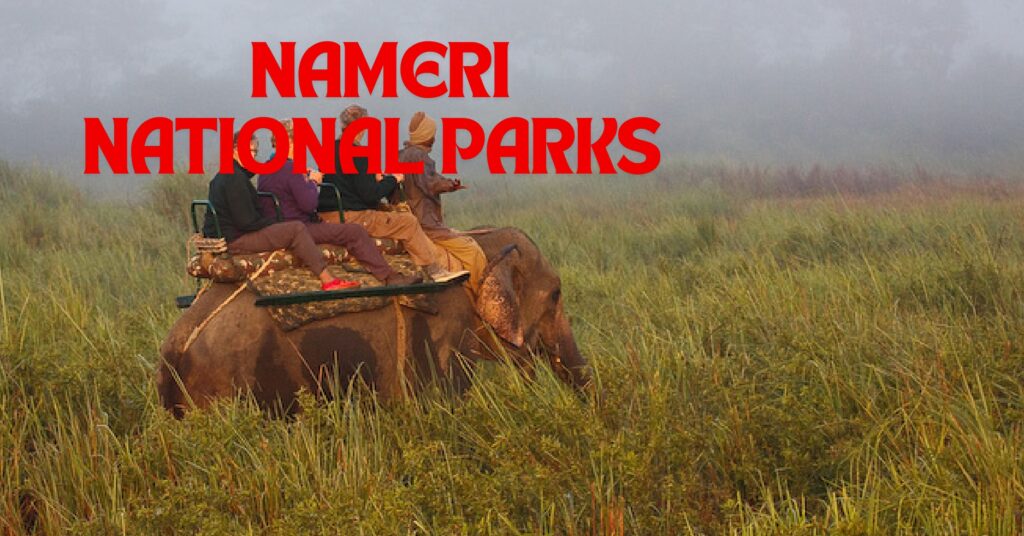
Best time to visit Nameri National Park
The best time of visit to Nameri National Park is during the winter months from November to April. The weather is quite nice during this season. It remains cool, and that’s the reason why it’s an excellent time to visit the park for safaris, trekking, and birding. The park is shut during the monsoon season between June and September due to heavy rains which result in floods and make safari operations impossible. Winter is also relatively more suitable for wildlife sightings as the dense growth of the park’s vegetation is not too much and may even assist in seeing animals around.
Safari Timings at Nameri
Nameri National Park offers both jeep safaris and elephant safaris where one can enjoy its impressive biodiversity in a different manner. The timings are calculated to give the best chances to see the sights at the most active time of the wildlife.
Jeep Safari Timings:
Morning Safari : 6:00 AM to 9:00 AM
Afternoon Safari : 3:00 PM to 5:30 PM
These hours are ideal for safari escapade where one can spot different species including Indian tigers, elephants, and other deer species.
Elephant Safari Timings :
Elephant safaris are a high spot during a visit to Nameri, and tourists get a rare experience on forest trails and river banks with the possibility of getting close to wildlife. Elephant rides provide visitors an opportunity to view animals from top view and go places that jeeps cannot.
Elephant Safari Timings :
Early Morning Safari : 6:00 AM to 7:30 AM
Second Round : 7:30 AM to 9:00 AM
The early morning safari allows visitors to view most of the animals in the park when they are relatively active, while the refreshing morning climate provides a serene experience for nature lovers.
About Safari Zones and Gates
Nameri National Park has different zones that offer different wildlife experiences:
1. Bhalukpong Range (Main Gate): This is the main entry point into the park and serves as access to the central zone of Nameri. Bhalukpong Range features rich flora and fauna with frequent elephant and tiger sightings.
2. Khellong Range: Northern part of the park with a perfect zone for bird-watching, especially for the migratory white-winged wood duck. It has a quieter atmosphere and is relatively secluded.
3. Nameri River Zone: The river in the park provides an opportunity for boat safaris, which provide a unique means of visiting the park and wildlife along its banks.
Each of these regions offers a unique experience, and visitors can visit various areas to really get the depth of beauty and wildlife in the park.
Conclusion :
Nameri National Park is the epitome of quiet serenity and extraordinary biodiversity, perfect to provide solace in nature. November through April would be the perfect time to visit this place, with varied timings for safaris and a good number of safari zones that one may like to explore. A jeeplist ride or even an elephant ride Nameri ensures a never to be forgotten wildlife adventure.
Rajiv Gandhi Orang National Park: The Best Concealed Wild Wealth
The Rajiv Gandhi Orang National Park, located in the Indian state of Assam, is one such seldom-trodden gem, blending dense forests and riverine ecosystems with rich biodiversity. Often hailed as the “Mini Kaziranga,” the park flaunts a variety of wildlife, including the endangered one-horned rhinoceros, tigers, elephants, and diverse bird species. It offers a peaceful yet less crowded alternative to Assam’s more well-known wildlife destinations.
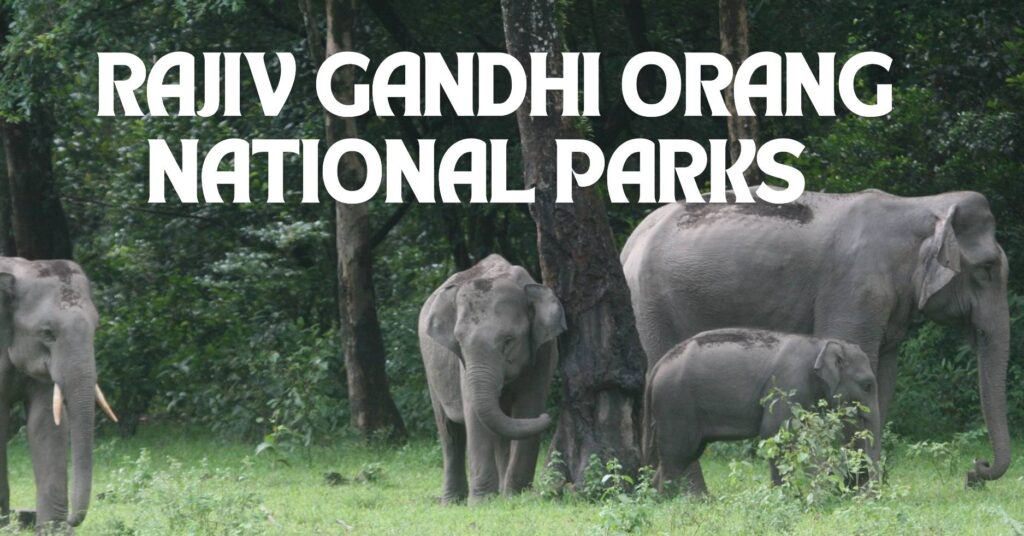
Best Time to Visit Rajiv Gandhi Orang National Park
Best Time to Visit Rajiv Gandhi Orang National Park : November to April. Ideal weather and clear skies are significant reasons for this period between cooler temperatures and pleasant weather making this the best time for the safari for spotting wildlife. Summer can get hot, while monsoon rains all through September make the park less accessible at these times.
Safari Timings at Rajiv Gandhi Orang Natinal Park
Visitors to Orang can further enjoy jeep safaris that allow them to explore the park’s diverse habitats. The timings of the safari are structured to ensure optimum wildlife viewing.
Jeep Safari Timings:
Morning Safari: 6:00 AM to 9:00 AM
Afternoon Safari: 2:00 PM to 4:30 PM
These timings help maximize the chances of spotting wildlife during their most active periods.
Elephant Safari Timings:
Elephant Safaris at Orang offers close-up wildlife experience in natural surroundings. The elephants can reach places where jeeps are not allowed so that the visits are intimate and unforgettable for this park.
Elephant Safari Timings:
Morning Safari: from 5:30 AM to 7:00 AM
Second Round: from 7:00 AM to 8:30 AM
About Safari Zones and Gates
Rajiv Gandhi Orang National Park has several safari zones, with the main entrance being Dhemaji Gate. The park is divided into different ranges, each offering unique opportunities for wildlife viewing, with the central and western zones being the most popular for rhino sightings.
Conclusion :
Rajiv Gandhi Orang National Park offers an unforgettable wildlife experience, perfect for those seeking adventure and tranquility amidst nature. With its best visiting period from November to April, varied safari options, and rich biodiversity, the park is a must-visit destination for wildlife lovers.
Dibru Saikhowa National Park: Paradise of Wild Assam
Dibru-Saikhowa National Park, Assam, India: This northeastern national park is highly considered one of the most ecologically rich and diverse wildlife sanctuaries in India. Covering about 650 square kilometers of lovely wetlands, grasslands, and dense forests along the mighty Brahmaputra River, this place also harbors some of the rarest species found in Dibru-Saikhowa, among which are the wild water buffalo, the Bengal florican, and more than 300 species of birds. Birdwatchers will love this paradise.

Best Time to Visit Dibru Saikhowa National Park
The best time to visit Dibru Saikhowa National Park would be during the winter months, that is from November to March. During these months, the weather will be cooler and very comfortable for safaris and explorations of wildlife. During the monsoon season (June to September), the park may become inaccessible due to flooding, and summer, that is April and May, can be too hot. Thus, winter is the best time for viewing animals, with clear sky and active animals.
Safari Timings at Dibru Saikhowa National Park
Dibru Saikhowa has jeep safaris into its large landscape to watch the wildlife. Here, safaris are conducted in the morning hours and late in the afternoon when the animals are most active.
Jeep Safari Timings:
Morning Safari: 6:00 AM to 9:00 AM
Afternoon Safari: 2:00 PM to 5:00 PM
These safari timings provide better opportunities to sight the park’s rich fauna-including elephants, tigers, and the rare species of bird life.
Elephant Safari Timings:
Elephant safaris provide an exquisite way to reach Dibru Saikhowa, thus allowing for more direct interaction with the animals in their natural habitats. The safari can be enjoyed alongside the riverside and deep inside the heavy jungles of the park.
Elephant Safari Timings:
Morning Safari: 5:30 AM to 7:00 AM
Second Round: 7:00 AM to 8:30 AM
About Safari Zones and Gates
The park can be divided into a few zones, of which the Brahmaputra River Zone is particularly noteworthy for bird watching and wild life observation. The Mishmi Hill Range offers a great view as well as rare sightings of wild water buffalo and tigers.
Conclusion
Dibru Saikhowa National Park happens to be a beautiful destination to experience the vibrant flora and fauna and pristine landscapes of Assam. With the best time being from November through March, along with multiple safari options, this is a must-visit destination for all nature and wildlife enthusiasts.
Raimona National Park: Assam’s Unspoiled Wilderness
Located within the Bodoland Territorial Region of Assam,Raimona National Park is among the newest entrants into India’s network of protected areas.Raimona was officially formed in 2021, covering more than 500 km of pristine forest and part of the larger Buxa Kaziranga Gibbon corridor stretching across protected regions.Raimona is rich in biodiversity it is home to Asian elephants, tigers, and even wild bison, besides various species of birds, and is one of the best gems,yet unexplored by many,for nature lovers and wildlife enthusiasts.
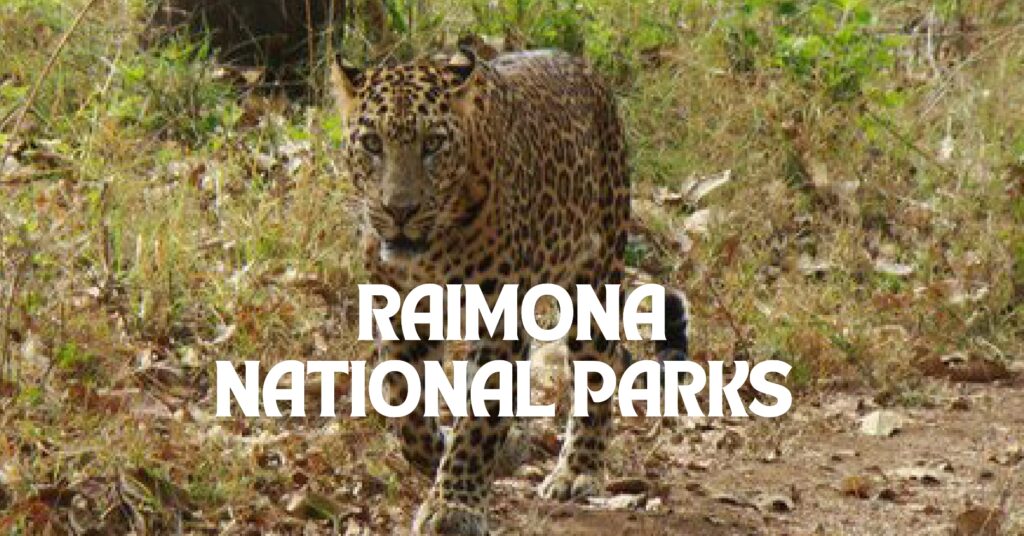
Best Time to Visit Raimona National Park
The best time to visit in Raimona National Park is from November to April.The climate during these months is cooler and inviting, hence quite an excellent season for wildlife watching and all sorts of outdoor adventures. Being an all year round park,monsoon time(between May and September) will naturally bring on heavy falls with flooding into the trails and streams. As a peak time for the safari, winter has better animal activity-thanks to thinner vegetation for clear visibility.
Safari Timings at Raimona National Park
Raimona National Park conducts jeep safaris for its guests across diverse topographies that include dense forests, grasslands, and riverine ecosystems. The time allocated to the safari is primarily aimed at the wildlife sighting that occurs during the cooler parts of the day.
Jeep Safari Timings:
Morning : 6:00 AM to 9:00 AM
Afternoon : 2:00 PM to 5:00 PM
Elephant Safari Timings:
Although safari services on elephants are not yet available in Raimona,plans are underway to introduce elephant safaris in the near future, enabling park visitors to enjoy a more immersed experience within the dense forests and along the riverbanks of the park.
About Safari Zones and Gates
Raimona National Park has several safari zones and the main entrance is through the Kochugaon Range that makes easy access to the wide vegetation and wildlife in the park. The Raimona Range offers further interior forest exploration due to its aesthetic beauty and diversity of wildlife.
Conclusion
While Assam will have this exciting new destination for wildlife tourism, Raimona National Park is capable of lavishing the beauty of absolutely pristine nature. Best time to visit is from November to April. There are all kinds of safari options and super-high biodiversity, so it should be a very memorable experience for nature lovers.
Dihing Patkai National Park: The Tropical Paradise of Biodiversity
Dihing Patkai National Park is one of the lesser known but ecologically rich sanctuaries located in the eastern Assam region. This national park spans over 1,000 square kilometers and is known for its rich, dense tropical rainforests, rolling hills, and rich biodiversity. It is situated in the gigantic Dihing Patkai Wildlife Sanctuary, and it houses several species of animals, which include elephants, tigers, and the Hoolock gibbons, and thousands of bird species. The park is often called the “Amazon of the East” because of its heavily green, dense forests and great biodiversity.
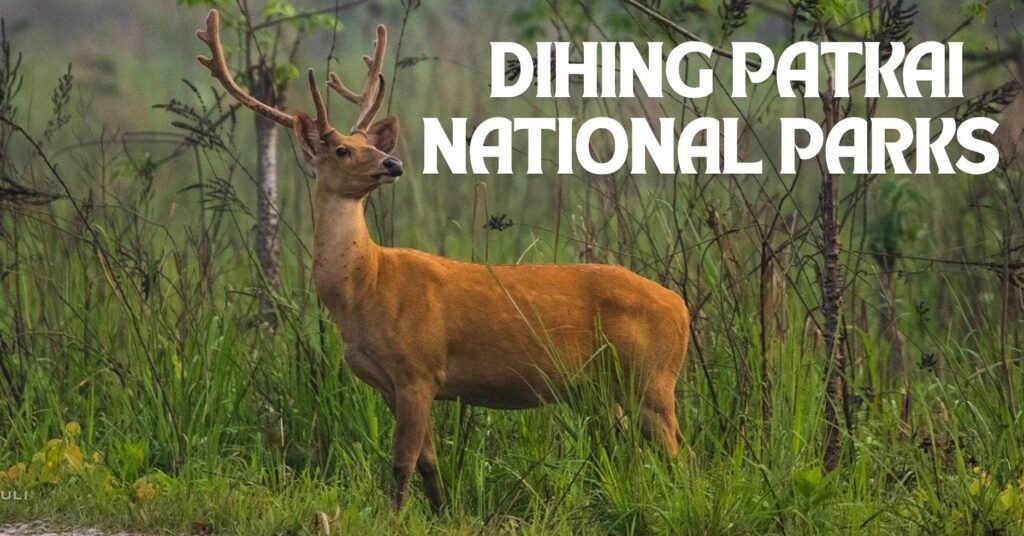
Best Time to Visit Dihing Patkai National Park
The best time for visiting Dihing Patkai National Park is between November to April.It is a cool and dry period with ideal conditions for safari expeditions and wildlife observation. Although the park is available throughout the year, May to September is the monsoon period during which heavy rains make trails impassable, and the park becomes impassable because of flooding.
Safari Timings at Dihing Patkai National Park
Dihing Patkai also offers jeep safaris, where safari guests can explore the park’s lush forests and diverse ecosystems. These timings have been planned to explore the animal in their active hours and during the cooler parts of the day.
Jeep Safari Timings:
Morning Safari: 6:00 AM to 9:00 AM
Afternoon Safari: 2:00 PM to 5:00 PM
These times make it possible for visitors to see the park’s exotic wildlife, such as elephants and tigers.
Elephant Safari Timings:
At present,safari elephant is not in much prominence at Dihing Patkai.The terrain of this park with very thick forests and river banks makes it ideal for this kind of venture in the future.
About Safari Zones and Gates
There are several gates into the park, with two of them being the Moran Range and the other the Upper Dihing Range, which act as two main entering gates for tourists. The zones are rich in landscape riverine eco systems and dense rich tropical forests with utmost wildlife sightings.
Conclusion
The Dihing Patkai National Park remains a pristine paradise for wildlife enthusiasts, providing an absolutely serene and bio-diverse environment that one may want to observe. Its best visiting period is during November to April, with its varied safari options and natural richness, to serve as the perfect escape of nature lovers.
Image Credit : Kazirnaga National Park , Manas National Park
